To start, I want to remind you that I shoot in manual. Others may not share this opinion but I feel that I'm smarter than my camera. There's nothing wrong with using other settings as a stepping stone though. I strictly shot on auto when I started out. Shooting in manual can be frustrating but keep practicing and I promise that it will click. (No pun intended.)
As I go through the reasons for my settings, try to think of ISO, aperture (which is the f stop) and shutter speed as a triangle. A nice, perfect triangle is the correct exposure. If one part of the triangle needs to be adjusted, so does another part of the triangle. Suppose your shutter speed is too slow. In order to change it, you'll need to either increase your ISO or drop down your f stop. (Don't forget that "shooting wide" in aperture terms means a smaller f stop number, such as 1.8. I usually say "f stop number" to keep it easy for everyone.)
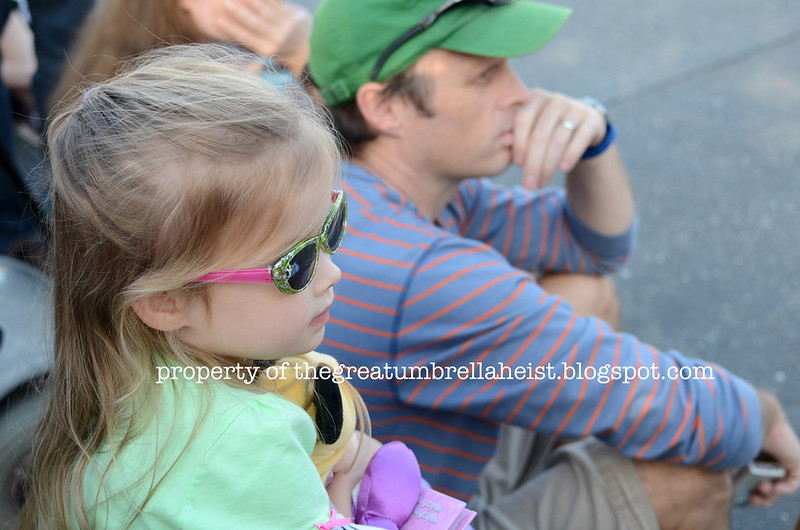
ISO 200, f/4.0, SS 1/250
The lowest ISO setting on my camera is 100 but I usually keep it at 200. A habit I need to break. There's no real reason for the 200 setting except that I use my Speedlight a lot indoors and I figure that using an ISO of 200 won't be as taxing on the Speedlight. My problem is that I notoriously forget to change my ISO. You don't know how many times I've left it on some ridiculously high setting and ruined a photo. I'm thinking of having little stickers made up that say, "Have you changed your ISO?" I can keep one on the back of my camera.
For the above photo, the ISO was set at my usual ISO. My "go to" f stop for photos of one kid is 3.5. I'm not sure exactly why I chose 4.0 but it was most likely due to the fact that I was close to her. As you can see, that f stop still produced decent bokeh (or background blur.) In this case, it's okay for Rich to be slightly in focus. The focus of the photo is obviously Emily.
I metered in the camera for the correct shutter speed. I almost always use spot metering when photographing people. (I do have a post discussing the different metering modes HERE.)
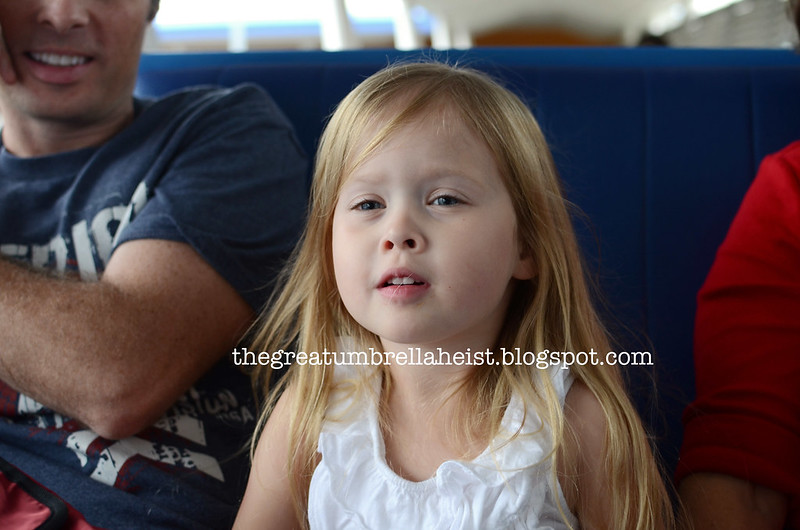
ISO 400, f/3.5, SS 1/250
It was rainy and overcast and the available light was weak on this ride (the TTA People Mover.) I bumped up the ISO to 400 because I wanted to make sure that my shutter speed would be fast enough on a moving ride. And it was.
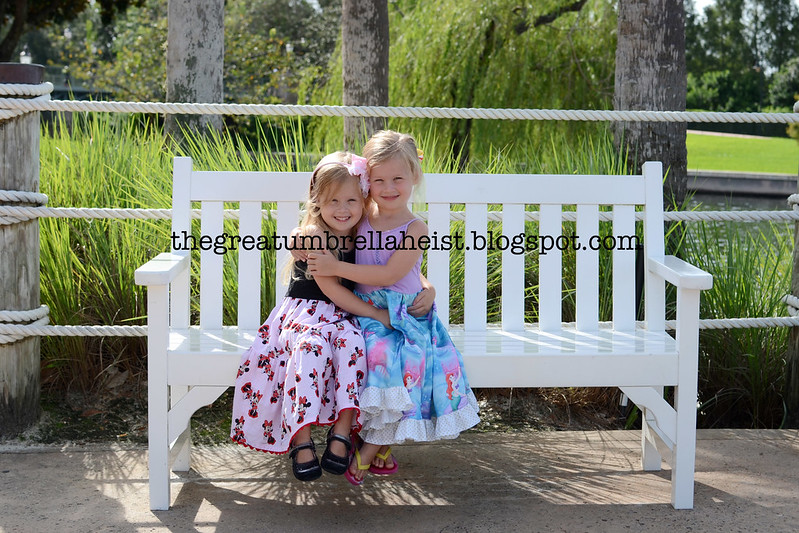
ISO 200, f/4.5, SS 1/1000
This is a perfect example of my ISO not needing to be at 200. A shutter speed of 1/1000 is super fast and not necessary for this type of photo.
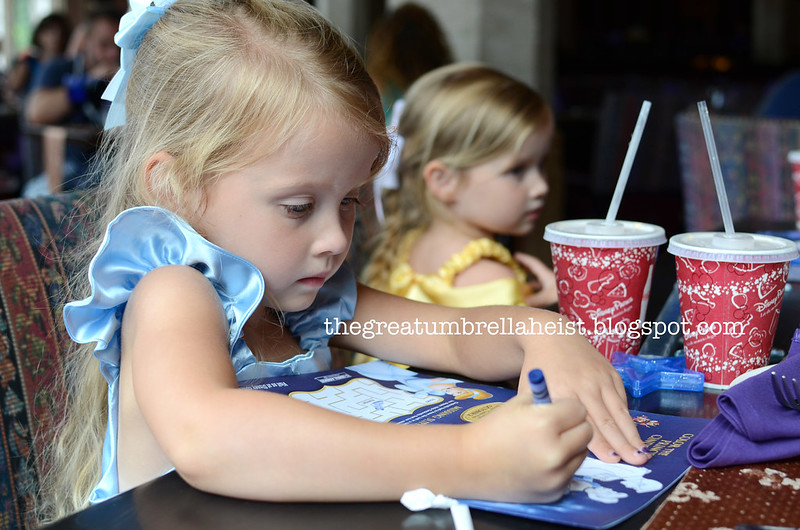
ISO 320, f/4.0, SS 1/250
We were sitting right next to the windows, which provided wonderful, natural light. The shutter speed could have been lower, which means that I wouldn't have had to have the ISO set as high as 320. I probably could have dropped it to 200. It was set at 320 because as the princesses showed up, I needed an ISO of 320.
For example...
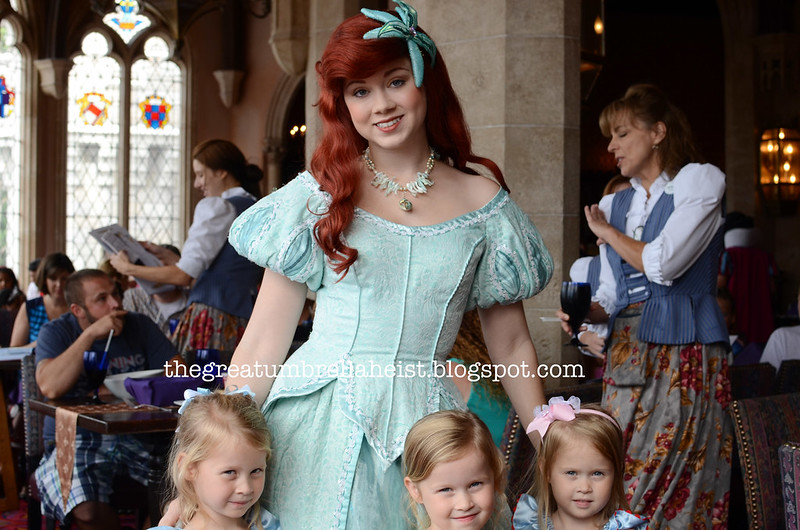
ISO 320, f/5.0, SS 1/125
I decided to go with an f stop of 5.0 to avoid soft focus on the girls or the princess.
I wish I had that natural light for our princess breakfast.
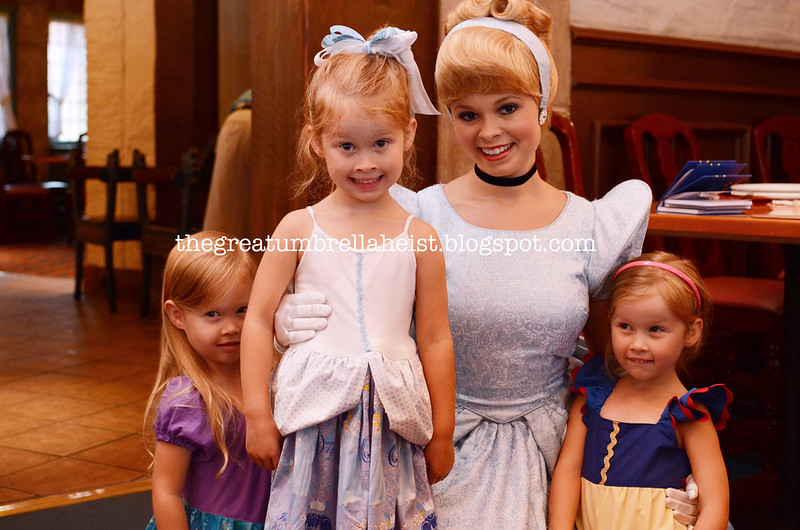
ISO 2000, f/3.5, SS 1/50
A handheld shutter speed of 1/50, especially with people, is pretty slow, which means that if someone moves or your hand shakes, the photo will be blurry. I also don't like shooting that wide (small number f stop) with a group of people but I didn't want to bump the ISO over 2000.

ISO 200, f/4.5, SS 1/50
The ISO was on my normal, 'go to' setting. I set the f stop to 4.5 to ensure that all the girls and Duffy would be in focus. Setting it to a lower number (such as 2.8) runs the risk of soft focus on one of the subjects since they all aren't on the same plane. I then metered in my camera for the shutter speed, which was 1/50. Again, this is a slow SS for hand held and photographing people but as you can see, it is possible.
Okay, so I feel like this post is dry and it's taking me far too long to finish. Is anyone even reading this?
Let's change it up and talk about landscapes. I tend to use middle of the road apertures for "who cares" exposures. (I'm using terminology from Bryan Peterson's Understanding Exposure. A great read, by the way.) This means that any middle of the road exposure would have given me the results I was wanted.

ISO 200, f/8.0, SS 1/640
And here's another...

ISO 200, f/7.1, SS 1/500
Let's focus on low light now.
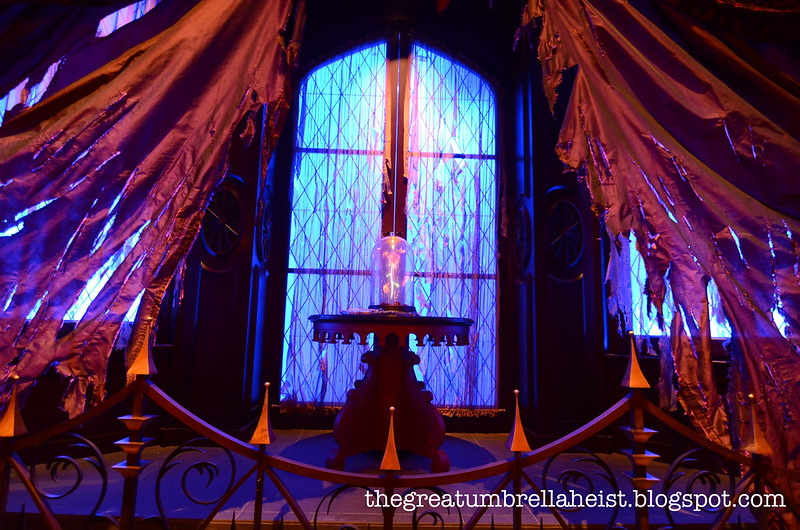
ISO 2500, f/2.8, SS 1/5
I shot this with my Tokina 11-16mm lens, which isn't considered a super fast lens. It's widest f stop is 2.8. The ISO capabilities on the D7000 are awesome but not grain-free which is why I didn't want to go higher than 2500. I actually started with a lower ISO but the shutter speed was far to slow (no tripod). Because I couldn't change my f stop (it was as wide as it would go), I was forced to increase my ISO. Warning: handheld with a shutter speed of 1/5 can be hit or miss. It's extremely difficult to hold the camera still for that.
That's all from me for now.

10 comments:
I read it! ;) I find your photography posts fascinating, and very helpful, since I never have time to dig into photography books for info. Still waiting for the day that I feel comfortable putting many of your suggestions to use, sadly (though I have managed to play with a few). With the crazy that is my life, I'm still trying to figure out just how the camera works, first.
Thank you, thank you, thank you.
Not only did I read it once all the way through, but I read it two more times after that. I am trying to find a way to save it to Pinterest...
I find these "dull" photo discussions wonderful. :) It's also nice to see how people shoot differently than me and their reasonings - I shoot wide open as often as possible.
I did read it and enjoyed it! Right before you asked I was thinking to myself "this is so helpful." It has been years since I have played with my SLR but I always enjoyed the science of the prefect exposure. I loved all the technical stuff in developing and processing too, which is why I haven't done it in years since I don't have a home set up.
I normally read every word of these posts and dream about the day I can really learn to take better pictures, to understand the camera. But right now my head is full of CPA exam information and I just couldn't do it. Ha!
I still enjoyed the pictures of the girls at Disney!
I think you did a great job of illustrating the exposure triangle with this post. Manual is hard but worth it.
I think one of the things I really like about your photography style is that you don't shoot wide open all the time. I tend to stay in f/3.5 and f/4.0 when shooting more than one person too to make sure everyone is in focus. I love the dreamy look of an f/1.8 but I can't always make that work with grownups never mind three wiggly girls!
I read, too! <3
Well, I'm glad you all left comments. I was unsure how it would go over. Let's me know that these kind of posts are appreciated.
Debbie - I'll try to pin it. Sometimes pinterest hates me though.
Ashlee - CPA exam - AAAAHHHHHHH. Do not fill you head with any information you don't need - such as this post. Good luck with the studying!
Thank you for sharing this! I'm determined to get to grips with my camera and move away from auto. I find posts like this a lot easier to understand and digest.
So helpful. You just made a bunch of things click. I always use the highest shutter speed when trying to photograph fidgety toddlers. I'm going to try and lower it next time. :)
Post a Comment